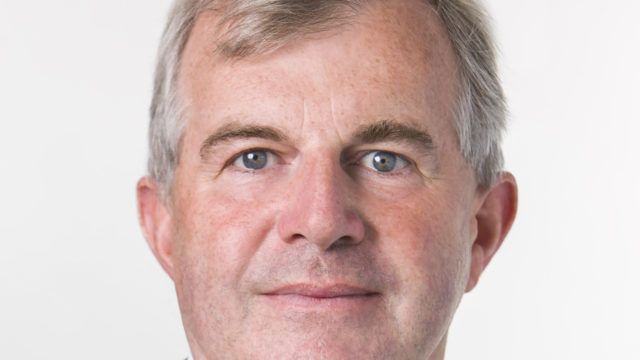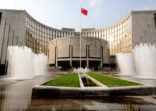DWS forecasts 9% total return for the region’s equity markets, and argues that Asia, and China in particular, are often underestimated or misjudged, largely because of perceptions that the region is racked by high levels of corporate debt.
“However, debt is actually much lower than in Europe or the US,” said Sean Taylor, chief investment officer, Apac, DWS at a recent media briefing.
“North Asian markets [China, Taiwan, South Korea] in particular have managed the Covid-19 crisis very well. That is why they have had to take on less debt, and this should have a positive impact going forward,” he said.
China market valuations are more attractive than the US, with better index composition including new economy stocks, and concepts such electric vehicles (EV) and solar represented.
“Thanks to a growing middle-class, 60% of the EV market has been taken up by China compared with 30% by the US, driven by pent-up demand for consumer discretionary,” said Taylor.
Indeed, coherence on ESG is increasing in China (and across Asia) with newer companies expanding into ESG-related matters faster than the old companies.
“China is focusing on higher-quality growth, and per capita GDP is rising. In addition, China has developed into the world’s most innovative market,” said Taylor.
This is demonstrated by the development of its patent applications: 43% of global patent applications now come from China, followed at a considerable distance by the US (19%) and Japan (10%).
“The tensions between the US and China, which are not likely to disappear any time soon, will accelerate this development even further,” Taylor added.
Strong global growth
Elsewhere in the world, DWS believes that central banks in the US and Europe will continue to keep interest rates low, and that global GDP growth will amount to 5.8% this year and 4.6% in 2022.
However, Stefan Kreuzkamp, chief investment officer at DWS group, expects the growth rate gap between the US and Europe to widen.
In the US, he forecast 6.7% economic growth in 2021, fuelled by “enormous government support and rapid progress in vaccination”, and 5.2% next year; in the European Union, he expects growth of 4.2% in 2021 and 4.6% in 2022.
Meanwhile, “inflationary pressure is likely to peak in the current year, with the effects of pent-up demand subsiding and supply bottlenecks being resolved by the end of the year,” said Kreuzkamp.

















